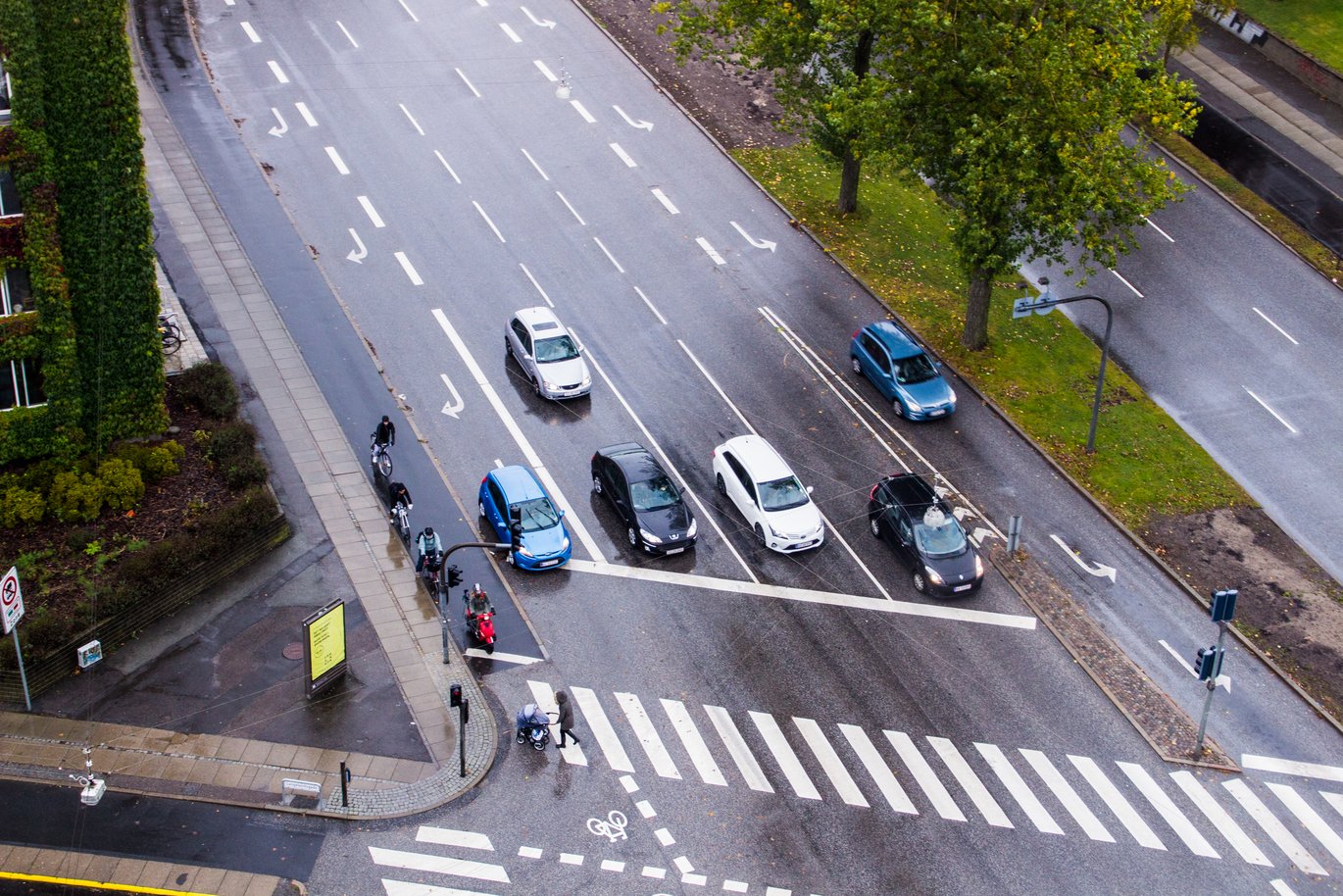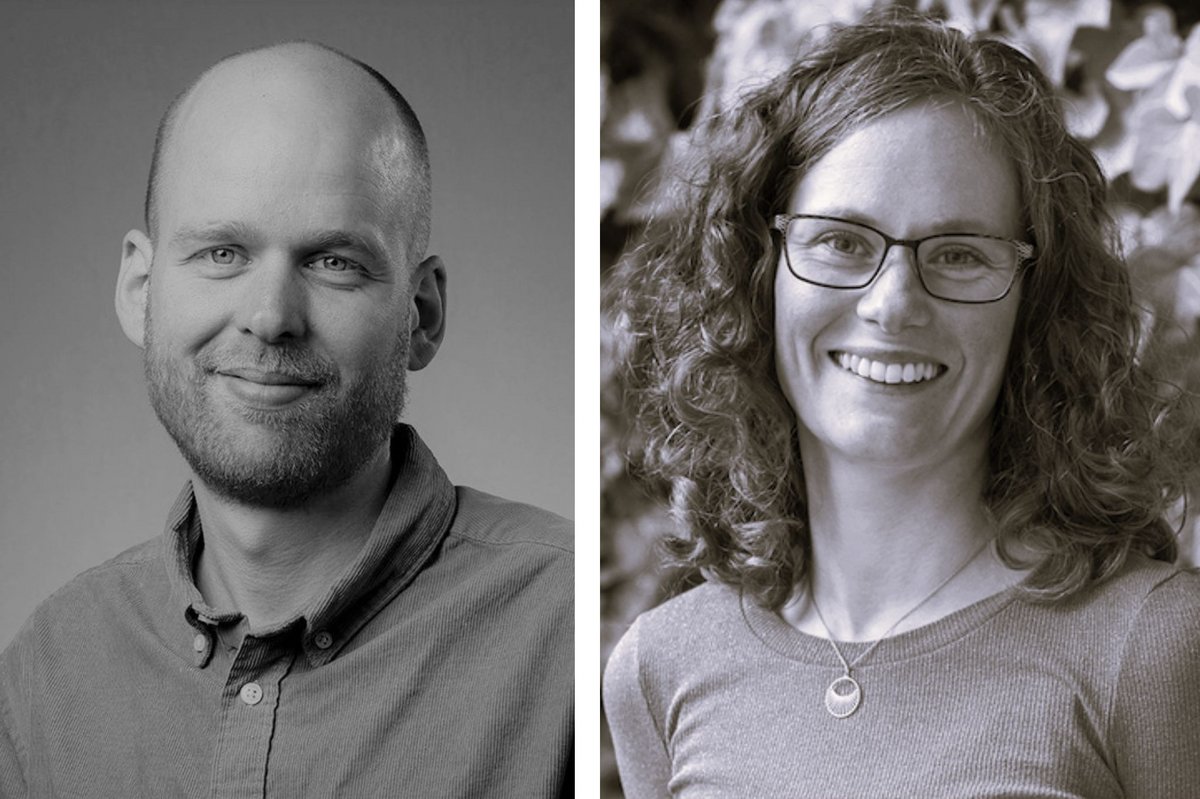Not many people using AU’s carpooling scheme: 258 trips in just under a year
Since it was launched last October, AU’s carpooling club – which enables staff and students to share lifts to and from work – has been used for around 20 trips a month. Quite a low uptake, admits the programme director.

Since last October, staff and students have been able to share lifts on the way to and from university – helping people to lower CO2 emissions, save some money, and get to know each other a bit better.
But AU’s carpooling club, which is available in the Ta’Med app, is not enjoying widespread use across the university. Almost a year after its launch, 315 people at AU have signed up to the app, and the app has been used for 258 trips. 51 of these people are registered as drivers, and 125 are only passengers. 139 people have used the app to both give and get lifts. To put this into context, Aarhus University has 36,500 students and 8,400 members of staff across all its campuses.
Programme director Andreas Stounbjerg has also been underwhelmed by the response to the scheme, he explains.
“I think the uptake has been fairly low. 21 trips a month – that’s not great,” says Andreas Stounbjerg.
People need to be reminded of the benefits of carpooling
The Ta’Med app was developed by the Danish Federation of Motorists (FDM), and AU pays FDM to use a given number of trips in the app. Without going into too much detail about the money involved, Andreas Stounbjerg says that “AU doesn’t pay much for the app”.
“We realise that we need to see whether the app works before we spend more money on it,” he says.
“75 percent of those who signed up have made 1-5 trips, and 23 per cent have made 6-10 trips. FDM told us that people who start using the app continue to do so. But these figures suggest otherwise. I think we need to keep reminding people of the benefits of carpooling,” says Andreas Stounbjerg.
The carpooling club initiative was an extension of the university’s efforts to reduce its climate footprint. But, so far, the scheme has not saved a great deal of CO2, explains Andreas Stounbjerg. According to figures in Ta’Med, with its 258 trips, AU has saved 562kg of CO2.
“It’s not much at the moment, but it does show that the potential is there to reduce CO2 on people’s commutes,” he says, and also points out that there are other benefits of sharing lifts:
“If we could take just 5 per cent of cars off the road, it would make a huge difference to traffic congestion. But for us carpooling is mainly about reducing CO2, and it’s good for our social cohesion if employees and students get the chance to talk to each other. And the drivers also see it as a bonus that they can earn a bit of money. They get DKK 0.70 per kilometre,” says Andreas Stounbjerg.
It’s up to the drivers whether they charge for the journey or offer it for nothing.
How to use the Ta’Med app and sign up for the car pooling club:
- Download the Ta’Med app (owned by FDM) and create a user account.
- Add Aarhus University as your place of work or study.
- Use the password ‘AURide’ to get access to AU’s carpooling club.
- Leave it to the app to match you with co-commuters.
- Read more at m.au.dk/tamed
Source: Join the new carpooling club at AU to give or get lifts
Viborg and Herning and towns outside Aarhus
A possible explanation for the low uptake, thinks Andreas Stounbjerg, is that many staff and students live close to the university and therefore don’t need to drive in. The average AU journey in Ta’Med is 33 kilometres, which might indicate that the scheme makes more sense for those who live outside the campus towns and cities.
“It seems to make the most sense for those who live outside Aarhus. We can see that some people are driving into AU’s campuses in Viborg and Herning. Otherwise most people are driving into Aarhus from Randers, Silkeborg and Skanderborg,” says Andreas Stounbjerg.
He also has a feeling that many people swapped public transport for their car during the Covid pandemic and are still used to driving alone.
“Although there are obvious benefits to carpooling, it does involve getting out of your comfort zone, both in relation to planning and sharing lifts. I think we need to consider how we can encourage people to move away from what they find easy and safe,” says Andreas Stounbjerg.
Obvious benefits to socialising on your commute
It is precisely this issues of safely that AU has attempted to focus on. Ta’Med is used by several different companies, but when staff and students at AU sign up to the app, they can choose to only share lifts with other people from AU. You have to verify your identity with MitID to use the app, and both drivers and passengers are able to leave a review of the trip. If your lift fails to show up, Ta’Med will pay for a taxi – up to a certain amount.
In a news item for staff earlier this year, AU also discussed ‘Facts and myths about carpooling’. One of the myths was that you have to be an extrovert to carpool – and that you have to chat for your entire commute. In fact, in the app, it’s possible to let your co-commuter know that you’d rather not talk.
“We have reached out to some of the users, and they seem very positive about being able to chat to their co-commuters and finding out what other people do at the university. You have the option not to talk, but there are also obvious benefits to socialising on your commute,” says Andreas Stounbjerg.
He points out that 95 per cent of users at AU choose to share lifts with other people from the university through the carpooling club, even though the app allows them to connect with drivers from different companies and organisations.
“It seems that it’s worth having the AU club. Of course, it’s partly that people are driving to the same place, but this high percentage also striking – because there are other big companies in Aarhus who use the app and whose employees are offering lifts, but it seems that AU staff and students are keen to drive with other people from AU.”
AU is using the Ta’Med app as part of a pilot scheme until May 2024. Andreas Stounbjerg stresses that it’s too early to say whether AU will keep using the app after this date. First we need to change people’s habits, and AU needs to send an important signal to its employees that carpooling is option, he explains.
Passengers from AU: It’s easy and enjoyable
One of those using the scheme is Ditte Høyer Engholm, who works as an administrative coordinator at AU’s Open Innovation and Science centre. She lives in Skovby, just outside Aarhus, and uses the app twice a week. The rest of the time, she either cycles or takes her own car. It’s easy and enjoyable, she explains.

“It’s easy to wait outside for my lift and jump in the car, and then we have half an hour to sit and chat and get to know each other. It’s much more enjoyable than driving alone. Sometimes there are four of us in the car, and then the conversation really takes off,” she says.
Usually, Ditte Høyer Engholm drives in with three other members of AU staff. Her colleagues have to drive through Skovby anyway, and the driver is also quite flexible, she explains. She has also used the app to share lifts with people outside AU who are heading into Aarhus. Ditte Høyer Engholm pays DKK 15 per trip. To put this into context, the bus into Aarhus costs DKK 42 – and then she would have to change busses and even walk from the bus stop to her house, she points out.
Schedule a lift one or two days ahead
Whilst the scheme might not be optimal for those with small children who need to make trips to school or daycare, this isn’t a problem for Ditte Høyer Engholm.
“I’m lucky because my children cycle to and from school, so this isn’t a problem for me,” she says.
“I try to schedule a lift one or two days ahead, once I know my plans. Today I need to get to a parents’ evening by 16:30, so my co-commuter, Steen, has kindly offered to leave a bit earlier than usual,” says Ditte Høyer Engholm.
For all its positive points, she thinks the app’s functionality could be improved. Passengers looking for a lift in the app have to say when they’d like to travel, and they are then shown a list of drivers who commute at that time. But when someone like Ditte Høyer Engholm only drives with a few, specific people, she thinks it would be better if these drivers’ times came up automatically. As it is now, she has to sit and look through all the drivers whose times match theirs.
“If you’re looking for someone new to commute with, it makes sense to search according to times. But because I’m fairly flexible, it would be nice to be able to see the departure times for those people I normally drive with, because I know that they can usually just swing by and pick me up. If I search for all the drivers leaving at 08:00, I might not even find them, and then I just have to guess what time they might be leaving. Yesterday I couldn’t find Steen’s journey into Aarhus – only his trip home. So we had to write to each other a few times before I could sign up for a lift,” she says.

